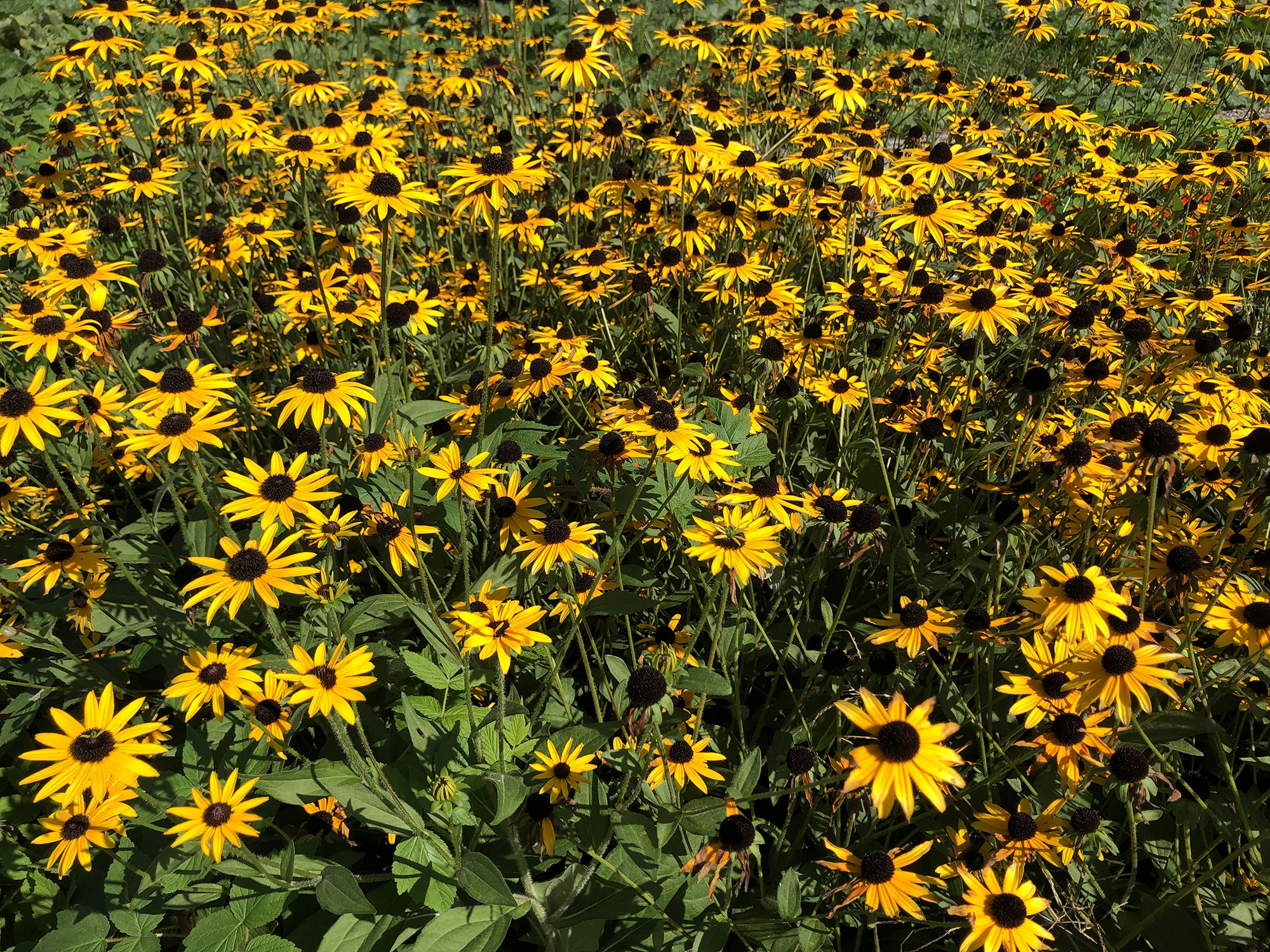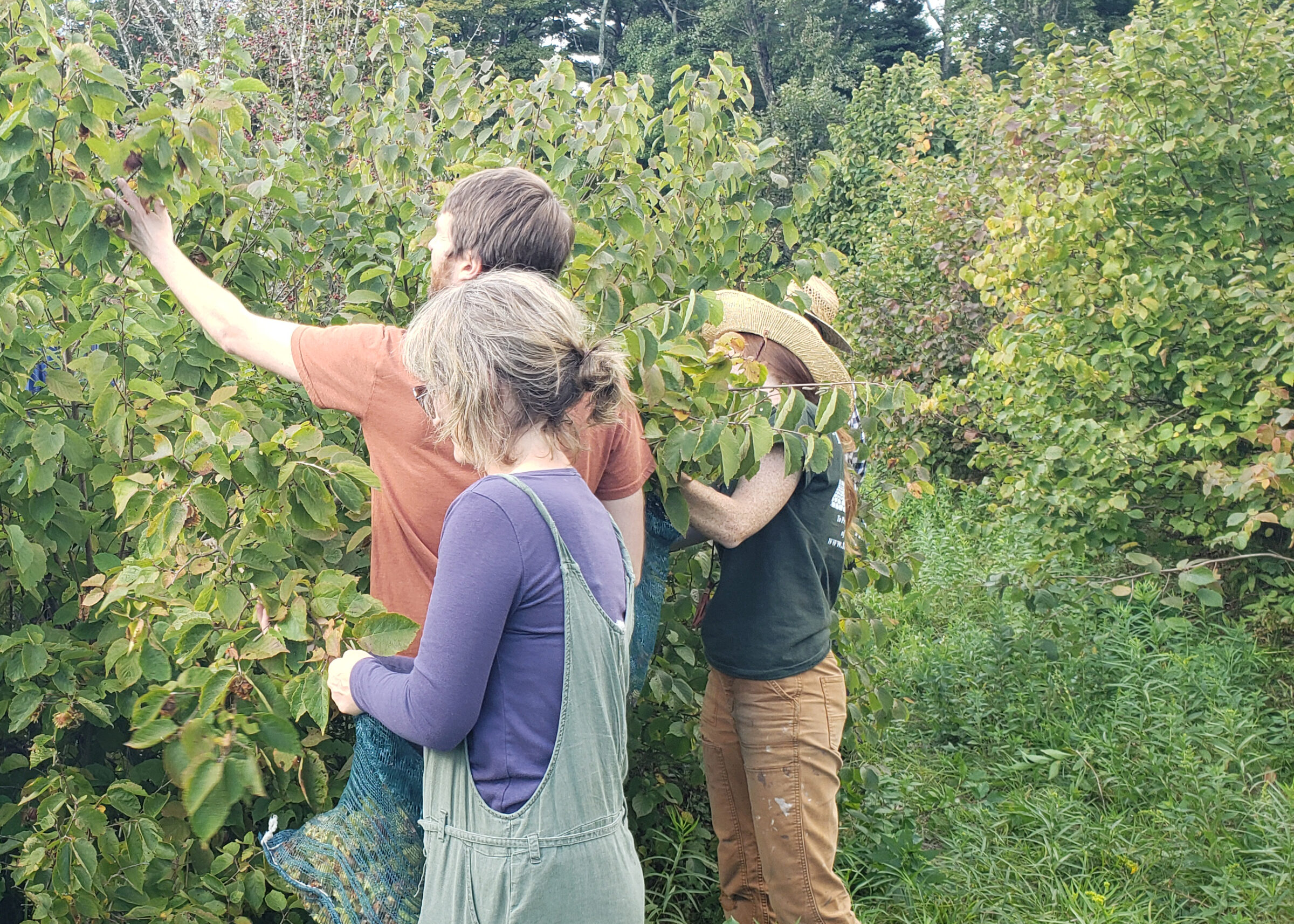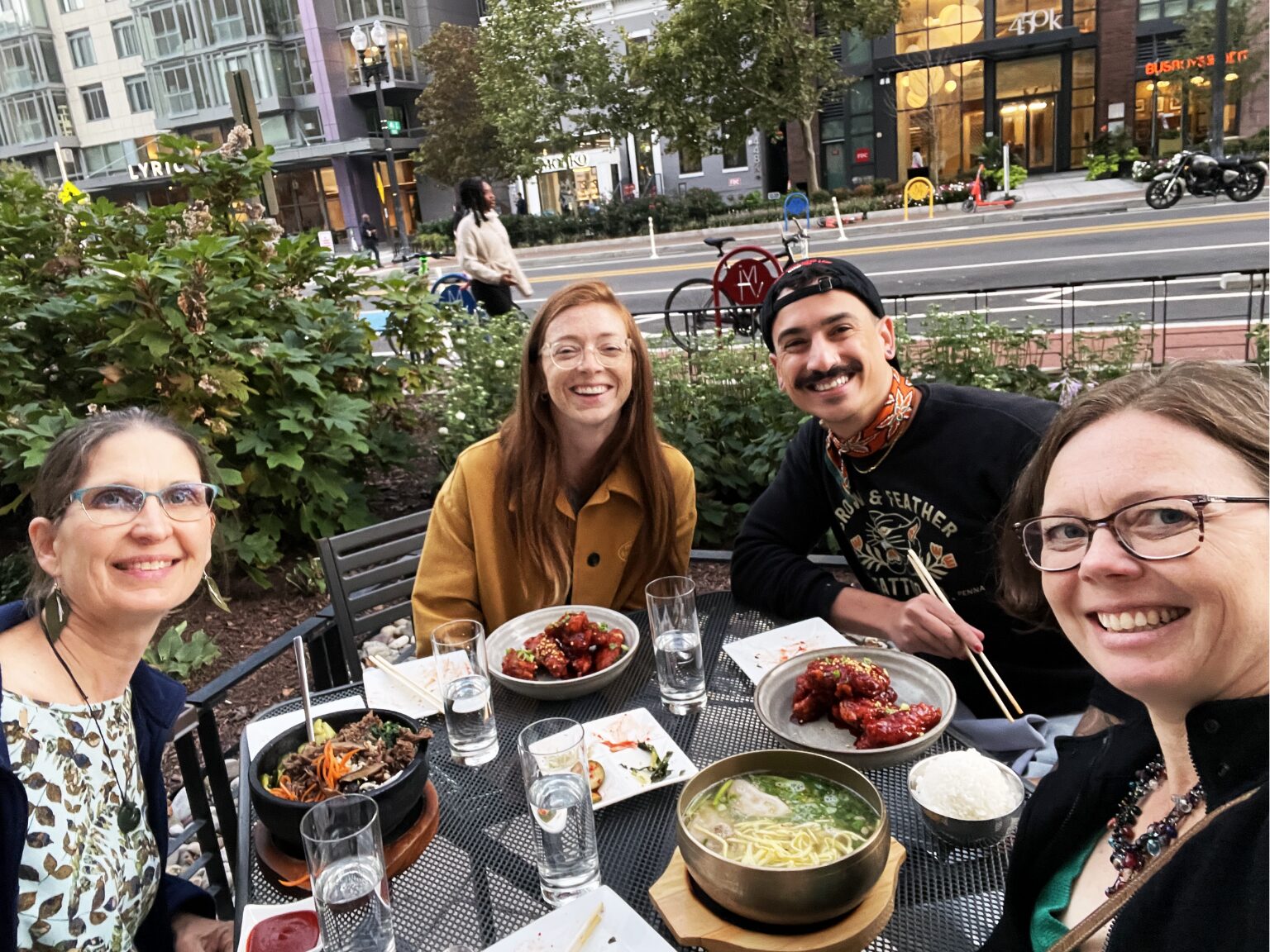
Restore Relationships, Not Just Plants
By Rachel Lindsay, Head of Site Design
What Do We Mean By Ecological Restoration?
This year, Regenerative Design Group collaborated with Linnean Solutions and Andre Strongbearheart on a proposal for the ecological restoration of a golf course purchased for public use by the Town of Stowe, MA. Our proposed site analysis process included a Nipmuc cultural inventory of the land and a discussion about what rematriation and shared land stewardship might look like in the future. Although our proposal was not accepted, we hope it generated some thought-provoking conversation among the committee members. The observance of Indigenous Peoples’ Day reminds us to continue challenging ourselves to push back against the exclusion of Native people in land-based projects and movements, and specifically in planning and design projects.
Over the last few decades we have seen a dramatic increase in public and private funding for projects where ecological restoration is a primary goal. In our school of inquisitive and criteria-driven design, our first task is to pause and ask “what are we restoring this ecosystem to, and for whom?” before forging ahead with site analyses and planting recommendations. Restoration implies that at one point an ecosystem was in a ‘pristine’ or healthy state, and that there has since been damage that should be repaired and healed. The assumption in restoration projects is that humans are the source of the damage that needs repair. But the irony is not lost on us that we, as humans, are also responsible for deciding what that perfect moment in time was, and it is only through our continued management that we can assure the land remains in its assigned restored state.
(Re)defining Native Plants
Land restoration projects generally involve limiting the palette of desired plant species to native plants – a term subjectively applied by selecting a specific time period and geographic range (and sometimes even a political boundary) for reference. Nurseries, government agencies, and scientists might use different definitions to determine what is considered native to a given area. Many sources use the arrival of Europeans to North America as the timestamp that defines native. This infers that their presence here was ‘natural’, or unaffected by human culture. However, the distribution of many ‘native’ plants was the result of nuanced, active management by people indigenous to the region for thousands of years before Europeans arrived. These people also migrated great distances over time, transporting seeds intentionally and unintentionally with them.
Defining native plants as those that were present when Europeans arrived to North America is problematic. It disregards the agency of Native people in altering their environment, reinforces the stereotype of Native people as ‘savage’ parts of wildlife and not part of a ‘civilized’ society, and invokes a pejorative attitude toward the migration of species that smacks of racist and anti-immigration attitudes. There are well-respected professionals in landscape design and ecology calling for a shift: if the goal of defining plants as native is to improve the ecological function or wildlife value of a landscape, then we should use a definition based on the value of a plant in an ecosystem, rather than an event in human history.
restoring relationships
What we proposed to the Town of Stow was an additional (not alternative) approach to land restoration. If the past state of a landscape is considered more desirable than its current state, and it is decided that it should be restored, then let’s hold ourselves accountable to restoring the relationships that created and stewarded it in the first place. What if every ecological restoration project included discussions of native land rematriation (land back), cultural use agreements, and Indigenous land access and management in addition to culvert removals, revegetation, and soil remediation? Could we help heal centuries of discrimination and disempowerment along with environmental degradation? Once we understand and acknowledge the colonial history embedded in our understanding of local ecology, it could become a catalyst for helping to restore the relationship of Native people to their ancestral lands and plants.



Comments (0)